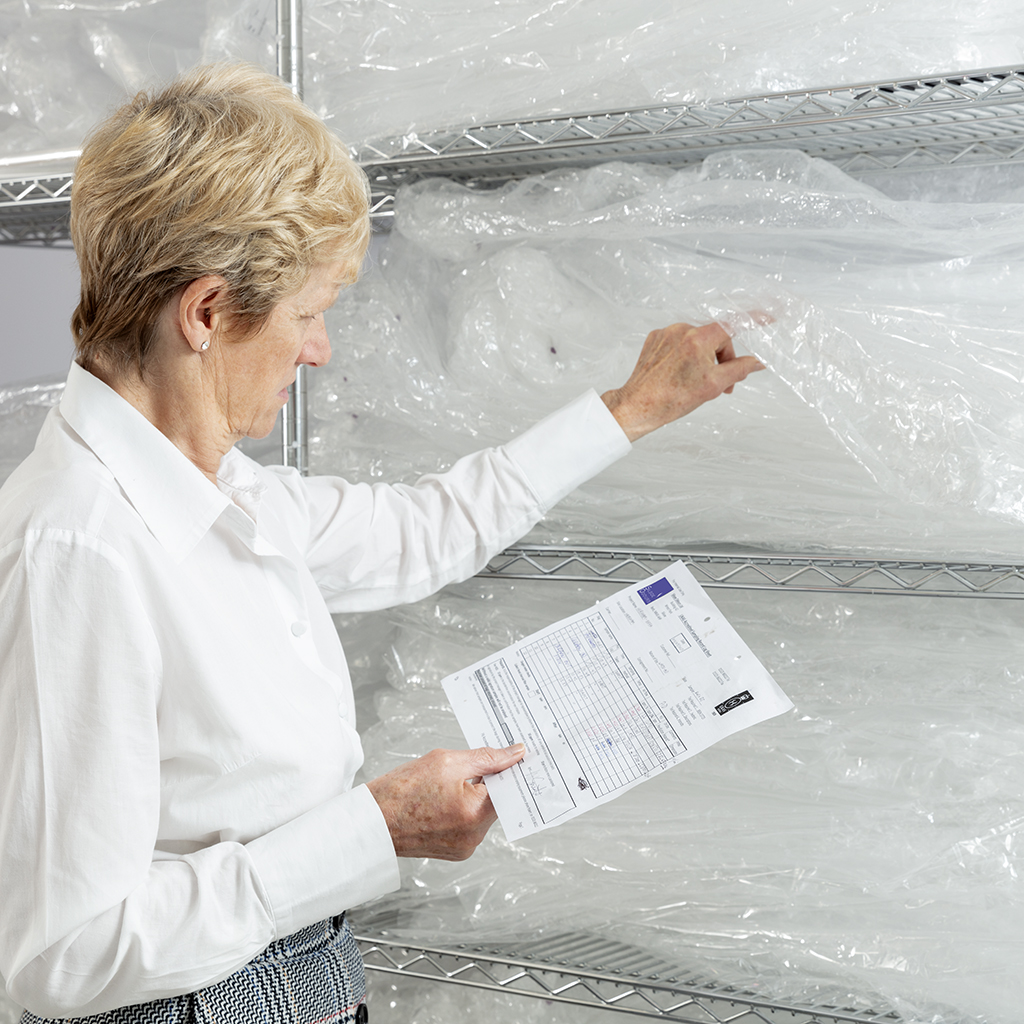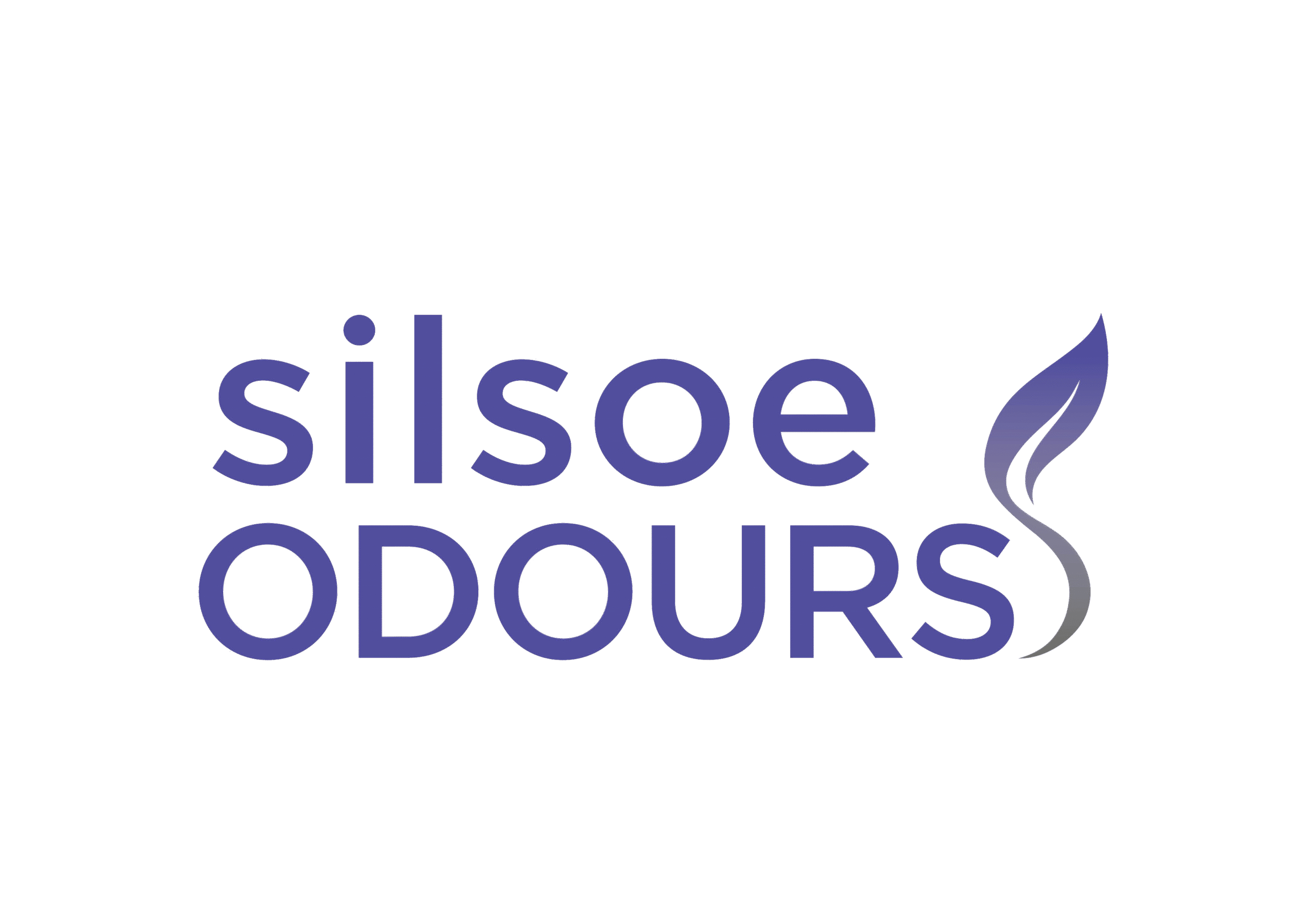ODOUR MANAGEMENT: How to Meet Regulatory Expectations

[vc_row][vc_column][vc_column_text]
[/vc_column_text][/vc_column][/vc_row][vc_row][vc_column][vc_column_text]
A GUIDE TO ODOUR MANAGEMENT FOR REGULATED INDUSTRIES
[/vc_column_text][vc_column_text]
[/vc_column_text][vc_separator color=”blue”][/vc_column][/vc_row][vc_row][vc_column][vc_column_text]
ODOUR REGULATIONS & GUIDANCE
[/vc_column_text][vc_column_text]In the UK, there are several regulations and guidances which govern odour emissions. They can vary depending on the region within the UK, the nature of the activity and the industry in question. It is worth becoming familiar with the following and ensuring your site is compliant.[/vc_column_text][vc_btn title=”ENVIRONMENTAL PERMITTING REGULATIONS (EPR): EPR Operating permits aim to protect the environment and promote best operating practices. Your permit may include odour conditions, such as requirements for monitoring and reporting.” style=”classic” shape=”square” color=”default” size=”lg” align=”left” i_icon_fontawesome=”fa fa-external-link” link=”url:https%3A%2F%2Fassets.publishing.service.gov.uk%2Fgovernment%2Fuploads%2Fsystem%2Fuploads%2Fattachment_data%2Ffile%2F935917%2Fenvironmental-permitting-core-guidance.pdf|||” button_block=”true” add_icon=”true”][vc_btn title=”ENVIRONMENTAL PROTECTION ACT: A framework for local authorities to deal with noise, pollution and other environmental issues.” style=”classic” shape=”square” color=”default” size=”lg” align=”left” i_icon_fontawesome=”fa fa-external-link” link=”url:https%3A%2F%2Fwww.legislation.gov.uk%2Fukpga%2F1990%2F43%2Fcontents|||” button_block=”true” add_icon=”true”][vc_btn title=”CLEAN AIR STRATEGY: The UK government published this document in 2019. In it, they set out a range of measures to reduce air pollution from various sources. This includes transport, industry and agriculture.” style=”classic” shape=”square” color=”default” size=”lg” align=”left” i_icon_fontawesome=”fa fa-external-link” link=”url:https%3A%2F%2Fwww.gov.uk%2Fgovernment%2Fpublications%2Fclean-air-strategy-2019|||” button_block=”true” add_icon=”true”][vc_btn title=”NATIONAL PLANNING POLICY FRAMEWORK (NPPF): Local authorities must consider potential odour emissions when making planning decisions. ” style=”classic” shape=”square” color=”default” size=”lg” align=”left” i_icon_fontawesome=”fa fa-external-link” link=”url:https%3A%2F%2Fwww.gov.uk%2Fgovernment%2Fpublications%2Fnational-planning-policy-framework–2|||” button_block=”true” add_icon=”true”][vc_btn title=”INDUSTRIAL EMISSIONS DIRECTIVE (IED): The European Union’s IED aims to prevent and reduce emissions. It also promotes best available techniques (BAT).” style=”classic” shape=”square” color=”default” size=”lg” align=”left” i_icon_fontawesome=”fa fa-external-link” link=”url:https%3A%2F%2Fwww.gov.uk%2Fguidance%2Findustrial-emissions-standards-and-best-available-techniques|||” button_block=”true” add_icon=”true”][vc_separator color=”blue”][/vc_column][/vc_row][vc_row][vc_column][vc_column_text]
STEP-BY-STEP APPROACH TO ODOUR MANAGEMENT
[/vc_column_text][/vc_column][/vc_row][vc_row][vc_column][vc_column_text]
1. ODOUR IMPACT ASSESSMENTS
[/vc_column_text][vc_column_text]Odour impact assessments are an important starting point in odour management. When conducted properly, they can be extremely helpful. To start with, they help you understand and manage the potential odour impact of your site. As a result, you will be in a better position to follow relevant permits and odour regulations. Indeed, your operating permit may specify that you conduct these assessments. Odour impact assessments are also helpful when responding to odour complaints. [/vc_column_text][vc_separator][/vc_column][/vc_row][vc_row][vc_column][vc_column_text]
2. COMPLIANCE WITH ENVIRONMENTAL PERMITTING REGULATIONS
[/vc_column_text][vc_column_text]As an operator, you must obtain and adhere to environmental permits. Your permit will regulate your activities, including how you manage odour emissions. It will outline specific requirements and emission limits. Besides your permit, familiarise yourself with all applicable regulations and guidelines. Start with the list we provided above. Also, bear in mind that different industries will have different requirements. [/vc_column_text][vc_separator][/vc_column][/vc_row][vc_row][vc_column][vc_column_text]
3. IMPLEMENTATION OF BEST AVAILABLE TECHNIQUES (BAT)
[/vc_column_text][vc_column_text]
[/vc_column_text][vc_separator][/vc_column][/vc_row][vc_row][vc_column][vc_column_text]
4. MONITORING AND REPORTING
[/vc_column_text][vc_column_text]
[/vc_column_text][vc_separator][/vc_column][/vc_row][vc_row][vc_column][vc_column_text]
5. COMPLAINT RESPONSE
[/vc_column_text][vc_column_text]To meet regulatory expectations, you must respond to odour complaints quickly and effectively. Your first step will be to investigate the source of the odour and confirm the complaint. Once complete, you may need to develop further odour control measures. You should also maintain good communication with the complainant and the local community. [/vc_column_text][vc_separator color=”blue”][/vc_column][/vc_row][vc_row][vc_column][vc_column_text]
MASTER YOUR ODOUR MANAGEMENT NEEDS
[/vc_column_text][vc_column_text]If you need help with any aspect of odour management, our team of odour specialists is here to help. We have extensive experience across many industries. Our team can help you understand your specific needs. In the first instance, you can reach us on 01525 860222 or at info@silsoeodours.co.uk. You can also contact our team using the button below.[/vc_column_text][vc_btn title=”Click here to speak to Silsoe Odours about your odour management needs” color=”primary” size=”lg” align=”center” link=”url:https%3A%2F%2Fsilsoeodours.com%2Fcontact-us%2F|||” button_block=”true”][vc_separator color=”blue”][/vc_column][/vc_row]

